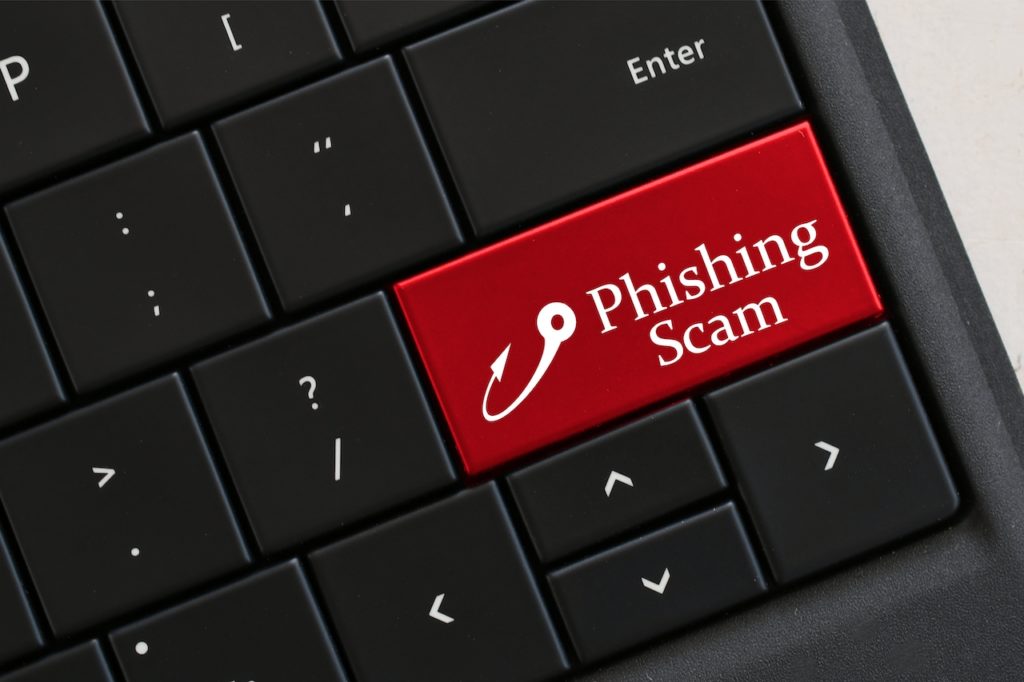
Email is one of the most commonly used forms of communication today. It’s also one of the most vulnerable. Cyber attackers can easily gain access to your email account and read your messages, or even worse, they can use your email account to send spam or malicious links to your contacts.
That’s why it’s important to take steps to protect your email account from cyber threats. Here are 10 best practices for email security that will help keep your account safe:
1. Train Your Employees on Email Security
The first step to any email security strategy is to train your employees on how to recognize and avoid email security threats like phishing scams.
In a security quiz, 97% of users were unable to detect a phishing email. Phishing is the most common type of cyberattack, and it relies on tricking someone into clicking a malicious link or attachment. Once the attackers have access to an employee’s email account, they can wreak havoc on your organization.
Make sure your employees know how to spot a fake email and what to do if they think they’ve received one.
2. Use Strong Passwords
Using strong passwords is one of the most basic and important email security best practices. Unfortunately, it’s also one of the most commonly overlooked.
A strong password is at least eight characters long and includes a mix of uppercase and lowercase letters, numbers, and symbols. Cyber attackers can crack passwords like “password” or “123456” instantly and eight character, lowercase passwords in five seconds.
To keep your passwords safe, try a password manager to generate and store strong passwords for you.
3. Use Multi-factor Authentication
Even if you have a strong password, a cyber attacker could still gain access to your email account if they manage to steal your login credentials. But with multi-factor authentication (MFA) enabled, you could prevent 99.9% of attacks to your account.
MFA adds an extra layer of security by requiring users to confirm their identity with a second factor, such as a code sent to their mobile phone. This added email security is crucial for keeping your email safe from threats.
4. Avoid Reusing Old Passwords
Another best practice for email security is to avoid reusing old passwords. LastPass found that employees reused one old password 13 times. If a hacker got their hands on one password, they would have access to 13 different accounts.
Once a password has been compromised, it can be used to access other accounts. Attackers will often try to use stolen passwords to gain access to additional accounts, so it’s important to have unique passwords for each account.
5. Avoid Clicking on Links or Attachments from Unknown Senders
One of the easiest ways to avoid email-based attacks is to avoid clicking on links or attachments from unknown senders. When in doubt, stay cautious and contact the sender to verify that they actually sent you the file.
If you’re not expecting an email from someone, don’t click on any links or download any attachments they send. Instead, make sure to report the email to your IT department or security team.
6. Keep Your Software Up-to-Date
Keeping your software up-to-date keeps your email safe from known vulnerabilities that have already been patched. Whenever a new security threat is discovered, software companies release updates to fix the issue.
In 2017, the WannaCry ransomware attack took advantage of a vulnerability in Windows XP. If users had installed the security update that Microsoft released in March, they would have been protected from the attack.
If you’re not running the latest version of your software, you could be at risk. Make sure to set your software to update automatically so you can stay protected against the latest threats.
7. Avoid Using Unsecured Devices to Access Your Email
If you must access your email on an unsecured device, make sure to log out completely and close all browser tabs when you’re finished. Attackers can often gain access to email accounts by stealing login credentials from devices that are left unsecured.
8. Encrypt Your Email Messages
Email encryption is a process of transforming readable data into an unreadable format. This prevents anyone who doesn’t have the encryption key from reading the message.
If you’re sending sensitive information via email, make sure to encrypt your messages. Many email providers offer built-in encryption, or you can use a third-party tool.
9. Back Up Your Data Regularly
Backing up your data is one of the best things you can do to protect yourself from email-based attacks. About 96% of companies don’t back up their workstations. And more than half of these businesses don’t have the budget to restore their data if they were to lose it.
If your account is ever compromised, you’ll have a backup of all your email data that you can restore. There are many different ways to backup your data, such as using an external hard drive or cloud-based storage solution.
10. Monitor Your Account for Suspicious Activity
Monitoring your email account for suspicious activity is a key part of any email security strategy. If you notice anything out of the ordinary, such as strange login activity or unexpected emails from unknown senders, be sure to report it to your IT department right away.
Partner with Unity IT
Email is mission-critical for businesses of all sizes, which is why it’s so important to have a robust email security strategy in place. At Unity IT, we offer a variety of email security solutions to protect your business from the ever-growing threat of cyberattacks. Our managed services include absolute security, freedom from spam, offsite storage, and more.
Contact us today to learn more about our services!

